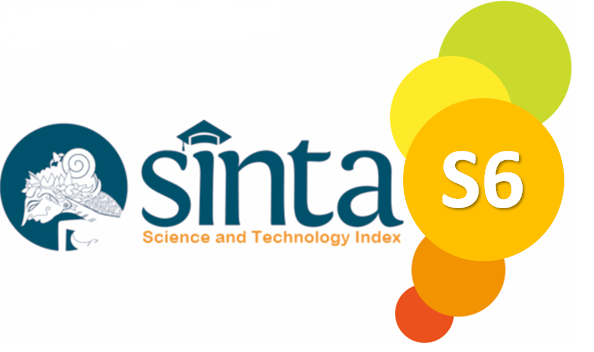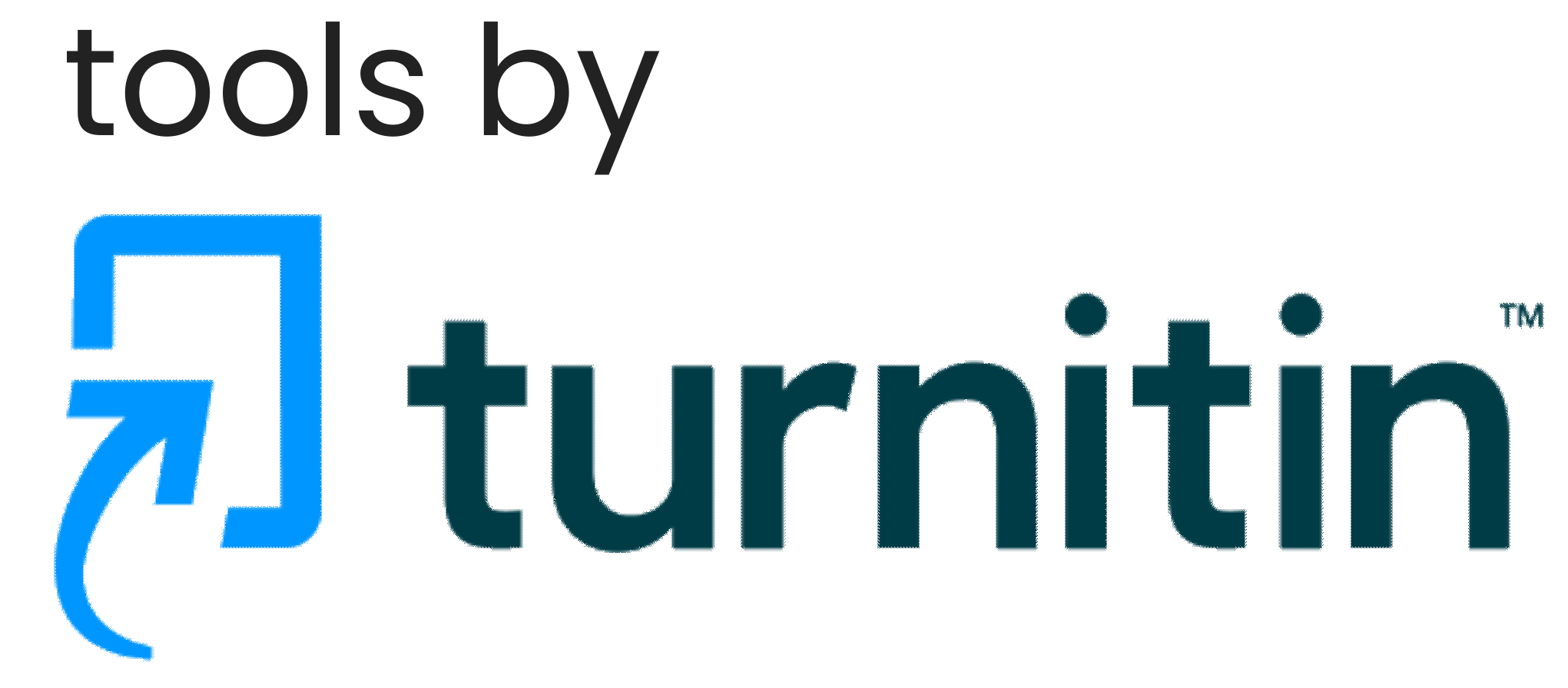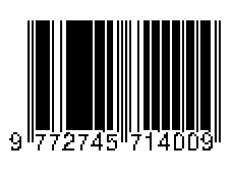The Importance of Archive Acquisition Services to Support the Smooth Operation of the Archive Center and Museum of Surabaya University
DOI:
https://doi.org/10.59141/cerdika.v5i10.2733Keywords:
archive acquisition, database integration, archive information system, archive creator, work efficiencyAbstract
Archive acquisition services play a crucial role in supporting the smooth operation of organizations, including the Archives and Museum Center of the University of Surabaya. Archive acquisition is the process of transferring static archives, along with their management rights, from the archive creator to the archival institution. In the digital era, where information accessibility and institutional accountability are paramount, the effectiveness of archive acquisition services directly impacts organizational performance and decision-making capabilities. The purpose of this report is to explain the importance of archive acquisition services and their effectiveness when combined with database integration. The methods used are observation and interviews with archive users at Ubaya. The results show that integrating the database into the archive information system (SINTA) makes archive acquisition more effective, easier to trace, and supports fast access to information. Archive searches on the Ubaya Portal are more efficient thanks to integrated acquisition services. Therefore, strengthening acquisition and digitization services needs to be carried out continuously. The study contributes to the growing body of knowledge on digital archive management while addressing practical challenges faced by higher education institutions in the digital transformation era.
Downloads
Published
How to Cite
Issue
Section
License
Copyright (c) 2025 Devika Rizqi Isarumalia, Slamet Wahyudi

This work is licensed under a Creative Commons Attribution-ShareAlike 4.0 International License.











